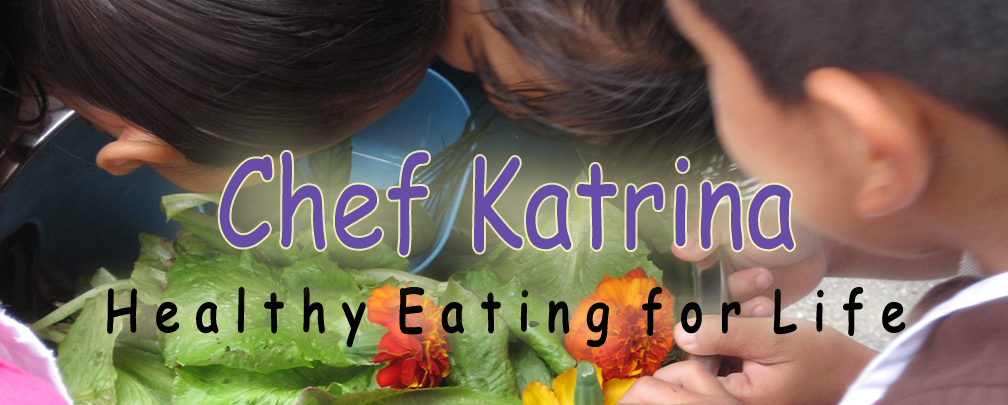One School’s Cooking Question Responses
 Tuesday, November 8, 2011 at 07:20PM
Tuesday, November 8, 2011 at 07:20PM When thinking about hands-on cooking with the children, tell me a little bit about…
Which cooking projects have been successful?• Any projects which involve a group of children preparing the meal in a “real family like process”.
• Pancakes, salad bar, stir fry
• Tortilla making, bread making, pizza, sushi making, pretzels, lots and lots of cooking projects
• Nothing listed
• All of our “Bar” projects, see above
• For the 2’s and 3’s the simpler the better. 3-4 steps! We’ve made grilled cheese sandwiches, fruit blender smoothies, salad bar. Pumpkin pie was a challenge, but yummy!
• Group Discussion 10/15: banana pancakes, sushi, hummus, salad bar, taco bar, pasta bar, pizza, potatoes, stir fry, handmade tortillas, muffins, cornbread, soups
Which cooking projects have not worked at all?
• Where children are given individual cards to make their own meal, rather than as a group
• “They all seem to work out”
• “Can’t think of ones that didn’t work”
• Nothing listed
• Friendship vegetable soup, children never seem to eat it
• Shaking cream into butter was really hard. Also trying to make ice cream was not fun!
Which cooking projects do you never tire of preparing?
• Pancakes, waffles, taco bar, salad bar, pasta bar, sandwich making, nacho bar
• I love cooking in general
• Pizza, tortilla, sushi, bread
• Pumpkin bread, corn muffins, apple pie
• Salad bars, especially when we have a bounty to harvest from garden
• Ironed sandwiches (grilled cheese), fruit smoothies, salad bar, pancakes are fun!
What concerns do you have about food allergies in your program?
• Gluten, dairy allergies. We have chosen to make all our snacks gluten and dairy free which can be challenging but also exciting to expand our knowledge about foods and the variety of healthy alternatives.
• Eggs, nuts
• Gluten and dairy free this year
• This year not many…no gluten or egg allergies hurrah!
• Nuts, eggs
• It’s difficult! You never want to have a child excluded so we always try to have alternative ingredients so they can still do the project!







